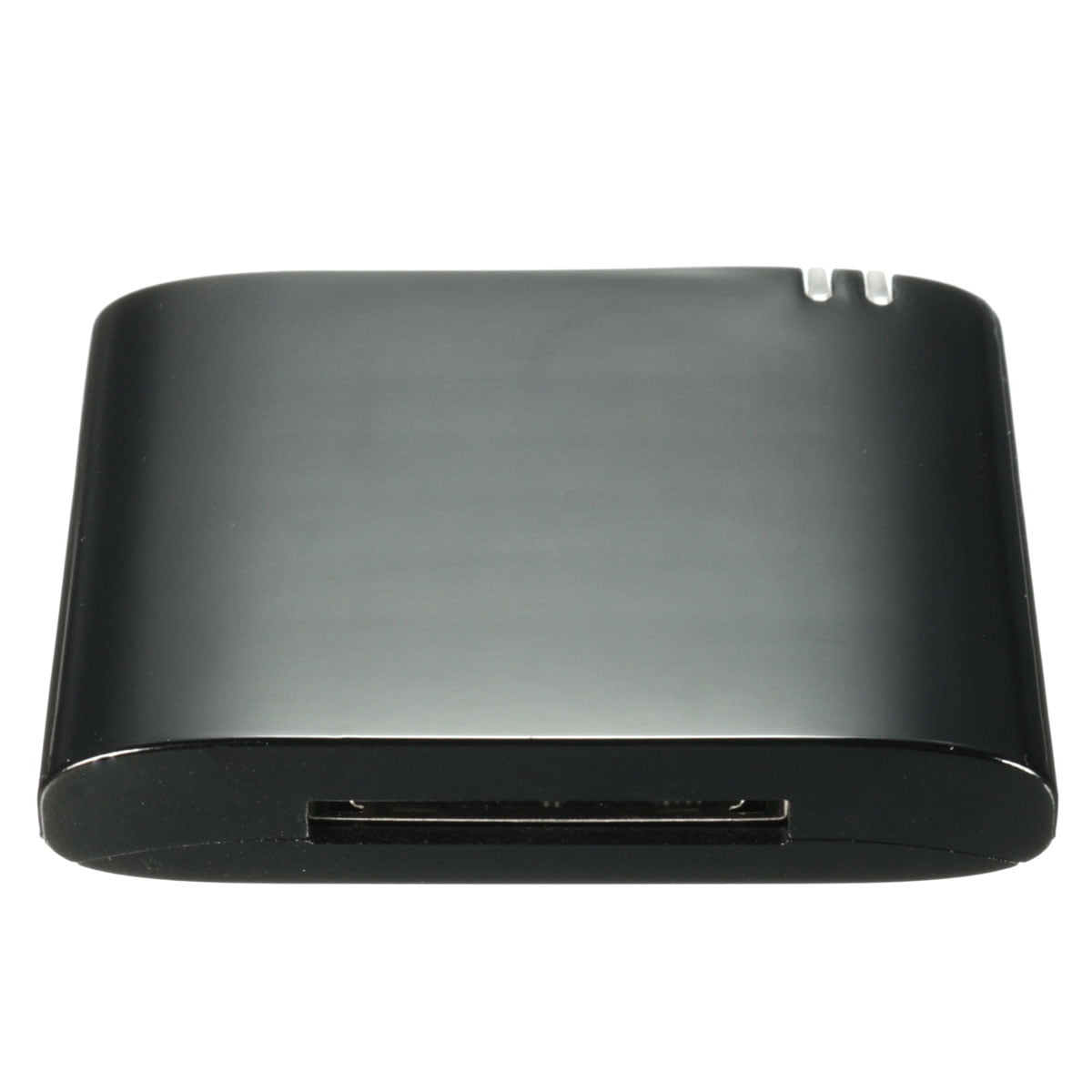

Control is good for its current $100 price among IEMs.

The bass is very dominant, powerful and well extended, offering a good balance between impact from the mid-bass and depth from the sub-bass region. With the Bass filter the X1 turns into a rather heavy bass earphone with a sharp v-shaped sound signature. The pronounced v-shaped sound signature carries a strong sense of warmth and the low-end is strongly enhanced and could be easily categorized as a heavy bass one with a slightly bright and energetic upper end. The 'default' signature of the X1 is of a mild v-shaped sound not very different from any other traditional lively sounding earphones, but the emphasis and forwardness of each frequency can be slightly adjusted with the corresponding nozzle filter. While are labeled as 'Bass', 'Reference' and 'Treble', the Finder X1 still has a strong dominant tuning regardless the one used. The changes in sound are still well noticed, but they still follow a similar presentation. The X1 nozzles only differ in the type of the mesh used on each one. But with Spotlight, once you find your sample, that's your lot, whereas with AudioFinder, you could be just getting started.The tuning filters option is not a really new feature for an in-ear earphone nowadays, and not the first one I tried either. It's true that similar metadata searching already exists within OS X's Spotlight search feature, and indeed, Spotlight metadata can also be searched within AudioFinder. For example, for a kick drum, you could add "that weighty kick I sampled from the B-side of a Deadmau5 track". The Notes field is similarly freeform, but more suited to detailed, miscellaneous information. It would then appear in the results when searching for any of those terms in the Tags field. Tags is very useful as it can hold any words you like: for example, an electro synth stab could be tagged "electro synth bass stab noisy sharp attack".

With AudioFinder's new metadata functionality, each audio file has fields for Creator, BPM, Beats, Time Sig, Key, Library, Genre, Category, Rating, Tags and Notes. The more you dig into it, the more you appreciate what it can do, and unless you don't actually use samples at all, we can't think of a single reason not to buy it.
#Audiofinder for ipad professional
Features include find/replace of filenames (eg, find "bassdrum" and replace it with "Kick_Drum") and the addition of a prefix/postfix, and it can even automatically add the detected pitch and MIDI note number, which is highly useful for making multisampled patches.Īdd in neat touches like the BPM detector, micro-harmonic sound comparison (to compare frequency distribution of two files), visual waveform preview, drag-and-drop of selected audio sections into your DAW, batch processing and renaming, Mac Finder integration and free updates for life, and it seems crazy not to pick up AudioFinder.ĪudioFinder really is a boon for anyone who works with samples and a must-have for professional producers. The Power Rename feature will be of prime interest to those who create their own samples from scratch, and indeed, professional sample library creators. We also had some success splitting up the hits in drum loops. It's especially useful for extracting samples from old-school sample libraries that came on audio CDs, or pulling out the useful parts of field recordings. There are also fade in and out options, and you can set a maximum on the number of samples to create, to give the extractor further guidance.


 0 kommentar(er)
0 kommentar(er)
